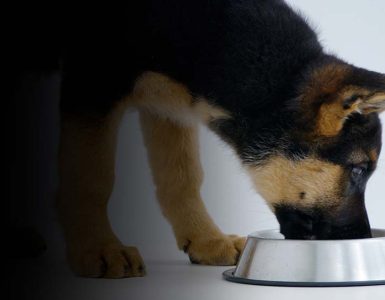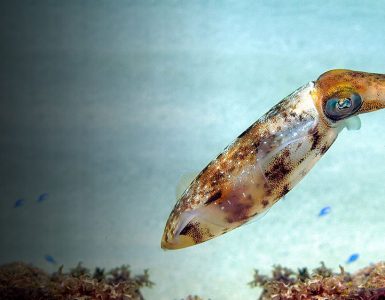Nanotechnology has a wide range of applications, and its impact on agriculture is undeniable. With the help of nanotech, the agriculture industry could get innovative, drastically improving the efficiency of food supply, while limiting the hazardous environmental impacts of the rapid mass production.
Farmers have been known to have good knowledge and familiarity with the facts that which crop required how much water, land, and fuel to yield a good harvest. Crops also require fertilizers and pesticides for better products, but most farmers are well aware of the environmental side effects of it and are now exploring new possibilities to combat the impact.
Nanotechnology uses objects of a few nanometers (billionths of a meter). Objects this size has particular properties, that vary with size, and can create precise surfaces with extremely customized properties.

Conventionally, the farmers need to mix chemicals in large quantities of water for spraying onto the crops, and for better mixing more water is required. The prime objective of spraying them with chemicals is to make them available right where it is needed. To enhance efficiency while reducing environmental impact, farmers require chemicals (pesticides and fertilizers) to reach crops at the preferred site (roots, or leaves, etc.), and in that process, a lot was wasted conventionally.
M Cynthia Goh, a co-founder of Vive Crop Protection explained in The Conversation, that the custom-made nanoscale system can use precision chemistry to achieve high-efficiency delivery of chemicals (fertilizers and pesticides). The active ingredients in the chemicals are encapsulated as used in the targeted drug delivery system. The encapsulation method augments the dissolution of chemicals in water, reducing the need for large quantities of water. Cynthia Goh’s lab worked with nanoscience for years and she proudly reported that their fundamental understating of manipulating polymer encapsulation at the nanoscale has made its application in agriculture. They have successfully formed “nanopackets” that can act as tiny polymer shuttles, to help them reach the target easily.
Starpharma has successfully innovated nanotechnologies and is selling its agrochemical business internationally. Another nanotech company, Psigryph, uses biodegradable nanostructures obtained from sour cherries extract to deliver bioactive molecules across cell membranes of plants, animals, and humans.
The biggest benefit of nanotech development is that they don’t need new equipment, which is excellent for the financially challenging agricultural industry. The farmers can just mix these products with less water and fuel to accelerate yield. Another advantage includes animal health products, nano-biosensors for identifying pathogens, toxins, or heavy metals in soil and food packaging materials. These productivity gains will not only have a big impact on farmers but also on the industries across the globe. The negative effects of climate change can be limited dramatically and farmers will need to do more with less. With the aid of nanotechnology, global agriculture is on the very verge of becoming avant-garde.
Keywords:
nanotechnology, nanobiosensors, nanopackets, agriculture
















Add comment